

At face value, The Wonderful 101 may look a lot like Pikmin, but the reality is the polar opposite. What you're actually looking at is effectively Bayonetta wearing a cunning Viewtiful Joe disguise and giving the illusion of control over 100 characters. Although you can split the group for a few seconds at a time, this isn't really a group-managing game at all. Instead, you're essentially controlling one incredibly versatile superhero. Sadly (but perhaps predictably), the result is a bit of a mess.
As you’d expect from a Platinum game, the production values are sky high throughout. The stumpy-legged characters make for likable super heroes and the lead cast converses with fully-voiced, funny dialogue packed with Platinum’s usual gaming references and sass. Artistic flair is evident throughout, from 1950s diner-style marts to futuristic metallic aircraft with sumptuous burnish. It truly is a wonderful world.
"Mission mode gives you a permanently full Unite bar, and the combat is much more engaging as a result"
But then you start to play and the beautiful facade begins to crumble. You can use either the right stick or the GamePad touch screen to draw a line--made up of your followers--who morph into whatever weapon you drew. A straight line for a sword, an S for a whip… they’re easy to remember but neither method is as simple as it seems, as the game regularly mistakes shapes for the whip.
Combat throughout the story mode is unsatisfying. The primary culprit is the Unite Gauge, which is depleted by drawing weapons but also by dodging, which you'll need to do a lot, especially as many attacks come without warning from off-screen. Annoyingly, the mission mode on the title screen gives you a permanently full Unite bar, and the combat is much more engaging as a result. Its inclusion in the main game feels arbitrary.
The other problem is the way the game bounds from scene to scene at such a pace, throwing in new one-off gameplay variants and massive bosses, you’re never really given enough time to just have fun exploring the core mechanic of just smashing bad guys up in exquisite style. Instead, you're constantly having to adapt the style you haven't really developed yet, before being rushed straight on to the next course. Again, the mission mode is a better bet if you just want to test your combat skills against the ranking system. There's also a 5-player co-op option in there, which amplifies the fun as everyone plays with the combat system in a hassle-free playground.
But the main game doesn’t want you to do that. It wants you to marvel at its boss battles. Frequently mesmerising in their technical wizardry and often sheer scale, the spectacle is tarnished by a criminal lack of signposting. Any chance of getting absorbed into the action is destroyed when you’re forever tripping over obscure progression logic. This is especially true when the only visual cues the game is giving you suggest your current method is working, even when it actually isn’t.
"It’s the clumsy, ham-fisted delivery of some sections that grates the most"
This poor signposting extends to the levels themselves, where apparent dead-ends require you to use the Unite Draw feature to create ladders, bridges, or giant hands to open valves. Trouble is, there’s no consistency. One gap needs a bridge, the next needs the hang-glider… it would be fine if the game afforded you the flexibility to surmount obstacles as you see fit, but it doesn’t. Invisible walls stop you in your tracks until you do exactly what the game wants you to do.
But it’s the clumsy, ham-fisted delivery of some sections that grates the most. One example of this when when the action is switched onto the GamePad screen, where the camera suddenly works on gyroscopic control. When this happens, the game is rendered almost unplayable and simply walking upstairs becomes a serious test of your controller skills. Even one of the regular sections expects you to jump across collapsing platforms without actually letting you see your character. He’s off the screen. Flaws like this are all the harder to swallow when they’re rendered in some of Wii U’s finest graphics to date. Just look at it:
"Those who do persevere with the game and plumb its depths will find plenty of content to master"
Of course, once you finally work out how each section is supposed to be played, the game can be mastered. Accordingly, Wonderful 101 has bags of replay potential as you unlock moves, hunt for the many secrets and strive for Platinum trophies on every section of every level. There are hidden challenge areas to discover and beat too, meaning those who do persevere with the game and plumb its depths will find plenty of content to master.
But is it worth persevering to find these depths? Sadly, the answer has to be: ‘not really’. With Nintendo's Pikmin 3 having just demonstrated such mastery of both game design and the Wii U hardware, it’s disappointing to see such a superficially similar yet confused and messy game following it mere weeks later. A new IP from Platinum with swagger and style is something gamers have wanted for Wii U for so long. But the reality is that its gameplay just doesn’t gel and numerous baffling design choices get in the way so as to render all the astonishing style moot. It just isn't very fun. And ‘Mediocre 101’ isn’t good enough.

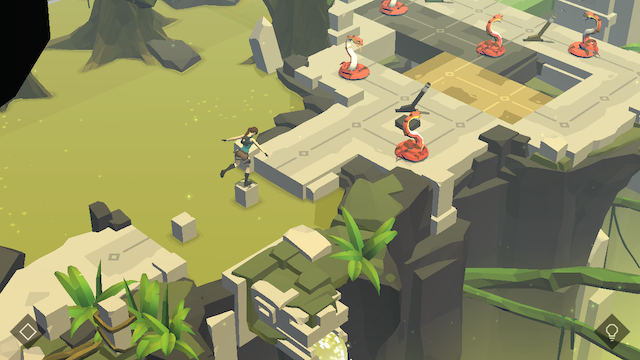
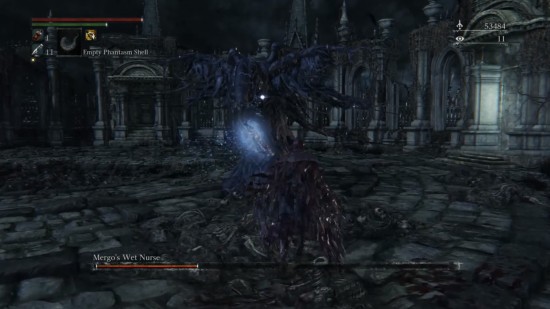

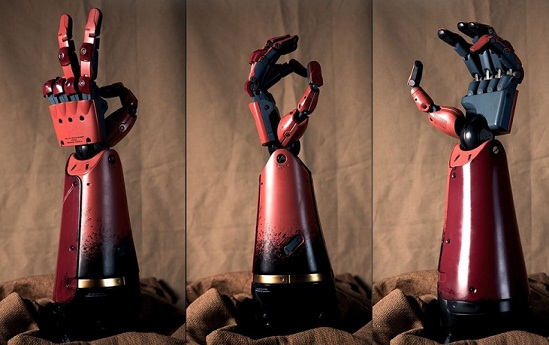 MGS 5 The Phantom Pain bionic arm - all abilities / upgrades
MGS 5 The Phantom Pain bionic arm - all abilities / upgrades MGS 5 Phantom Pain: Quiet - All information about silent sniper
MGS 5 Phantom Pain: Quiet - All information about silent sniper The Most Popular Holiday Toys Through The Decades
The Most Popular Holiday Toys Through The Decades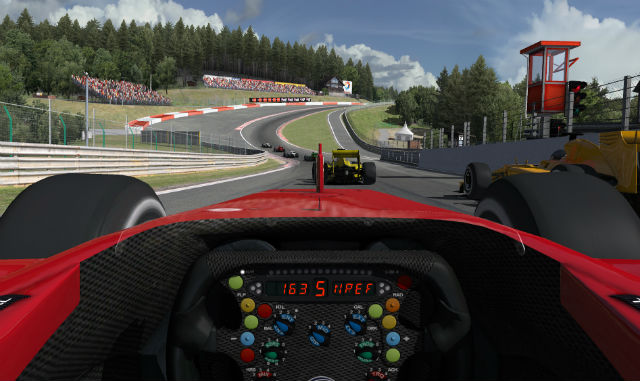 4 Of The Most Hardcore Racing Simulators You Can Play On PC Right Now
4 Of The Most Hardcore Racing Simulators You Can Play On PC Right Now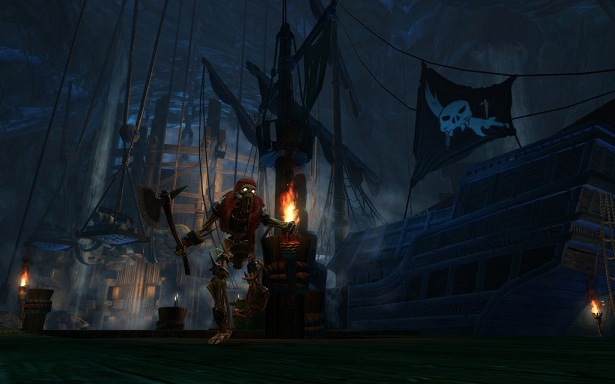 Kingdoms of Amalur: The Legend of Dead Kel DLC Walkthrough
Kingdoms of Amalur: The Legend of Dead Kel DLC Walkthrough